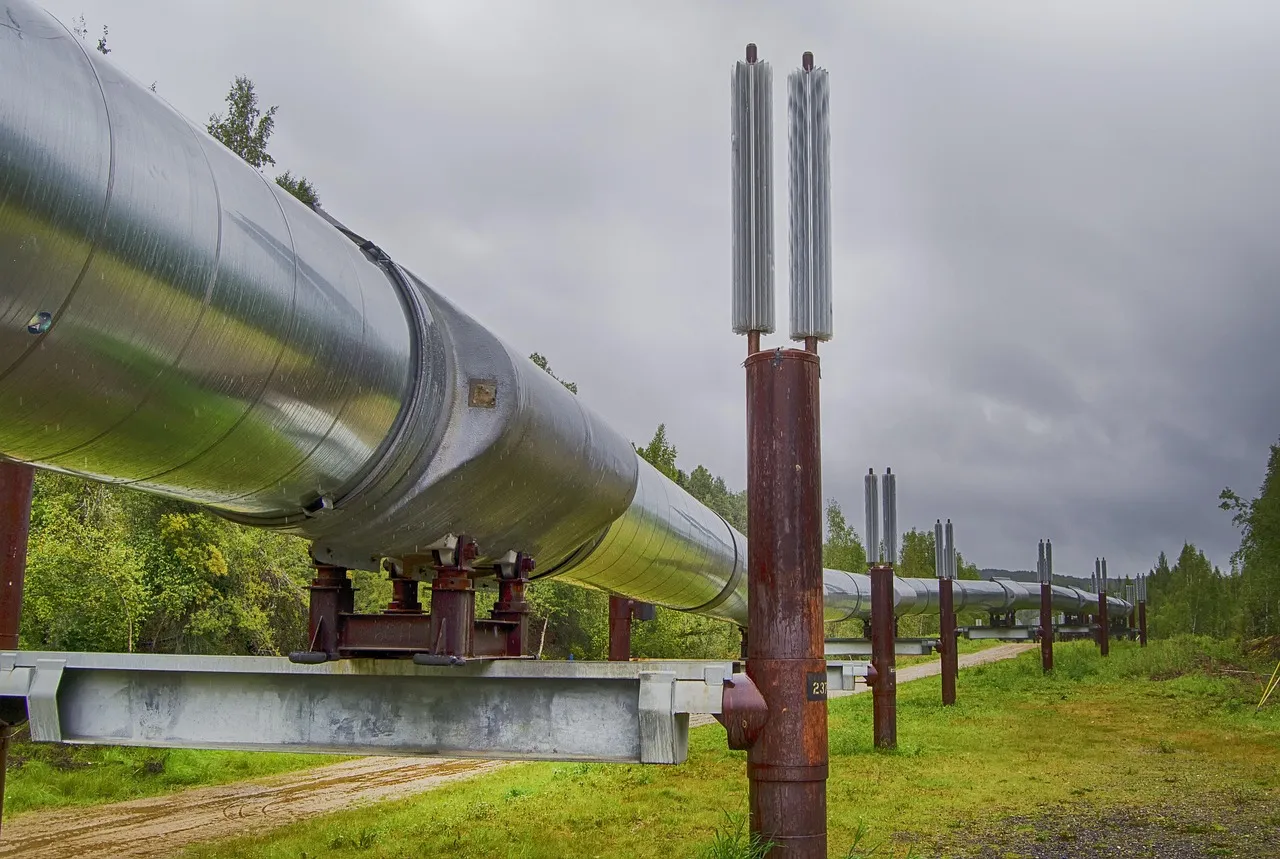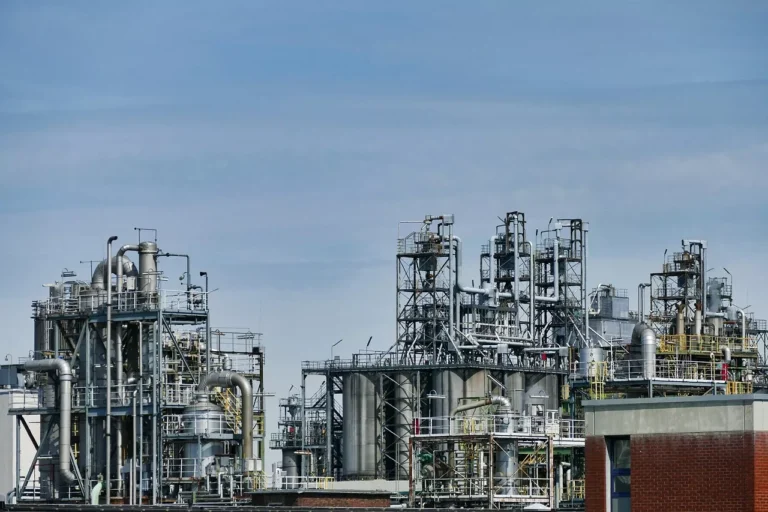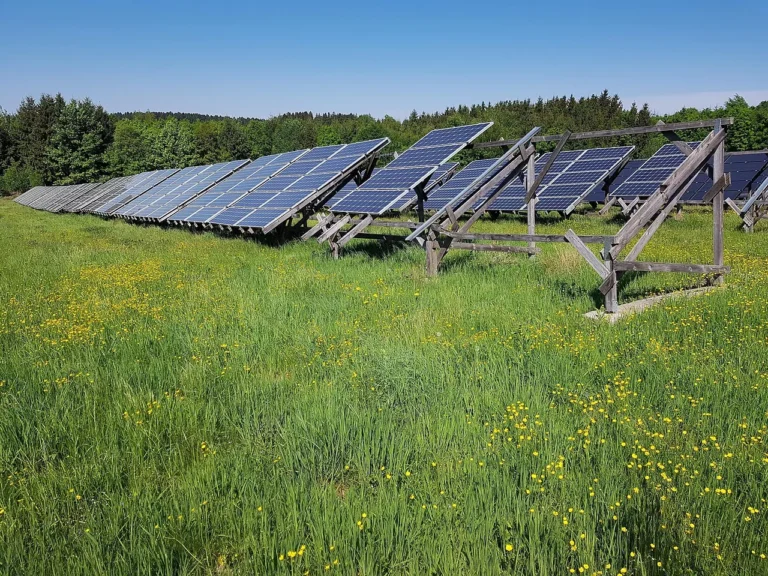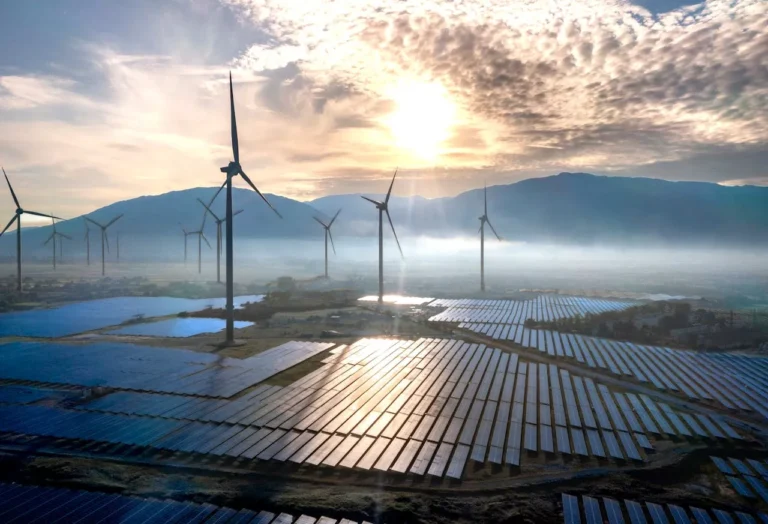
Glenfarne and Worley Advance Final Engineering for Alaska LNG Pipeline Project
Glenfarne Alaska LNG, LLC—a subsidiary of Glenfarne Group, LLC—has taken a significant step toward securing energy resilience and economic advancement for the State of Alaska and the broader United States. In a recent announcement, Glenfarne revealed its selection of Worley, a globally renowned engineering and project delivery firm, to undertake advanced engineering work and develop a final cost estimate for the Alaska LNG Pipeline. This comprehensive analysis and planning effort is aimed at achieving a Final Investment Decision (FID) for the project, which is expected as early as 2025.
The Alaska LNG Pipeline project, a key component of the broader Alaska LNG initiative, is a joint venture between Glenfarne and the Alaska Gasline Development Corporation (AGDC), a public corporation of the State of Alaska. The project is not only poised to meet in-state natural gas demands but also to position Alaska as a global supplier of liquefied natural gas (LNG) with a total expected export capacity of 20 million tonnes per annum (MTPA).
Engineering Support from a Proven Leader
Worley has been tasked with conducting the final phase of engineering and cost estimation work, building upon a foundation of extensive pre-existing studies and technical documentation. The aim is to bring the project to a point where Glenfarne and its partners can confidently proceed to investment and construction.
According to Glenfarne, Worley’s responsibilities will go beyond traditional engineering. The firm has also been named the preferred engineering provider for the Cook Inlet Gateway LNG import terminal, another project in Glenfarne’s expanding LNG portfolio. Furthermore, Worley will serve as the project delivery advisor across Glenfarne’s Alaska LNG initiatives—an indication of the trust placed in the firm’s capabilities and experience.
This appointment represents a continuation and expansion of an already well-established relationship between Glenfarne and Worley. The two companies have previously collaborated on the Texas LNG project, where Worley has demonstrated its competence in both engineering and execution.
A Crucial Investment for Energy and National Security
Brendan Duval, CEO and Founder of Glenfarne Group, emphasized the importance of the project not only for Alaska’s economy and energy needs but also for the United States’ national interests.
“The declining gas production from Cook Inlet risks Alaska’s energy security, as well as U.S. national security and military readiness,” Duval stated. “Prioritizing the development and final investment decision of the pipeline is essential to solving the natural gas shortages which are already impacting the state.”
Duval’s comments highlight a growing concern in Alaska: a shortfall in domestic natural gas supply, particularly from Cook Inlet, which historically has been a key energy source for the region. Without timely development of infrastructure like the Alaska LNG Pipeline, Alaska may face increased energy insecurity, with ripple effects on its economy and critical services, including military operations that rely on stable energy supplies.
Strategic Partnerships in the Making
To further accelerate the project’s momentum, Glenfarne has launched a strategic partner selection process. This initiative aims to identify and engage global companies with complementary technical expertise, project financing capabilities, and infrastructure development experience. By assembling a collaborative consortium of stakeholders, Glenfarne intends to enhance its ability to execute the Alaska LNG project efficiently and effectively.
“Glenfarne is pushing Alaska LNG forward with expediency by engaging prospective strategic partners,” said Duval. “We are particularly proud to be expanding our relationship with Worley to Alaska LNG from our existing partnership on the Texas LNG project. Worley is one of the world’s largest and most experienced engineering and project delivery firms with a long history of success in Alaska.”

A Legacy of Expertise in Alaska
Worley’s role in this high-profile project is underpinned by its deep and long-standing presence in Alaska. The company has been operating in the state for over 60 years, providing a comprehensive suite of services, including engineering, logistics, procurement, fabrication, construction, operations and maintenance (O&M), and field services. Worley has supported major infrastructure projects throughout Alaska, especially in the North Slope region, known for its rich natural gas reserves.
Worley’s local footprint includes an office in Anchorage and a historic partnership with NANA NORTH, LLC, a wholly owned subsidiary of the NANA Regional Corporation—one of 13 Alaska Native Corporations created by the Alaska Native Claims Settlement Act of 1971. This partnership, established in 1972, represents a unique blend of indigenous stewardship and industrial capability, reflecting a shared commitment to local employment, economic development, and responsible resource management.
“As a full project delivery company with a strong track record in Alaska and supporting LNG projects, we’re honored Glenfarne has chosen Worley to help deliver the Alaska LNG project,” said Mark Trueman, President Americas at Worley. “Our specialist team is well placed to support Glenfarne in moving this vital project forward, improving energy security for Alaska and the world.”
Pipeline Details and Construction Phases
The Alaska LNG Pipeline will be a robust and strategically significant piece of infrastructure, measuring 807 miles in length with a 42-inch diameter. It will have the capacity to transport enough natural gas to satisfy Alaska’s domestic energy needs and fully supply the proposed 20 MTPA Alaska LNG export terminal in Nikiski, located on the Kenai Peninsula.
The construction of the pipeline is planned in two phases:
- Phase One involves constructing a pipeline segment approximately 765 miles long, transporting gas from Alaska’s North Slope—home to vast gas reserves—down to the Anchorage region.
- Phase Two will add compression stations and extend the pipeline an additional 42 miles, including a subsea segment under Cook Inlet, to connect to the export terminal in Nikiski. This phase will be implemented concurrently with the construction of the LNG export facility to optimize efficiency and coordination.
The project is being designed to meet the highest safety, environmental, and operational standards, incorporating insights from prior engineering studies and modern best practices in pipeline construction and LNG facility development.
A Broader Vision: Glenfarne’s Expanding LNG Portfolio
Glenfarne Group, LLC is not new to the LNG landscape. In addition to leading the Alaska LNG project, the company is the owner and developer of Texas LNG, a Gulf Coast export facility which recently announced that its entire capacity has been fully sold out, signaling strong market confidence and demand. A final investment decision for Texas LNG is expected in the near term.
Glenfarne also owns Magnolia LNG, a late-stage LNG export project in Lake Charles, Louisiana, and is the largest importer of LNG into Colombia. Its affiliates manage a total of 50 operating assets in the energy sector across five countries, showcasing the company’s operational experience, geographic diversity, and commitment to energy infrastructure.










